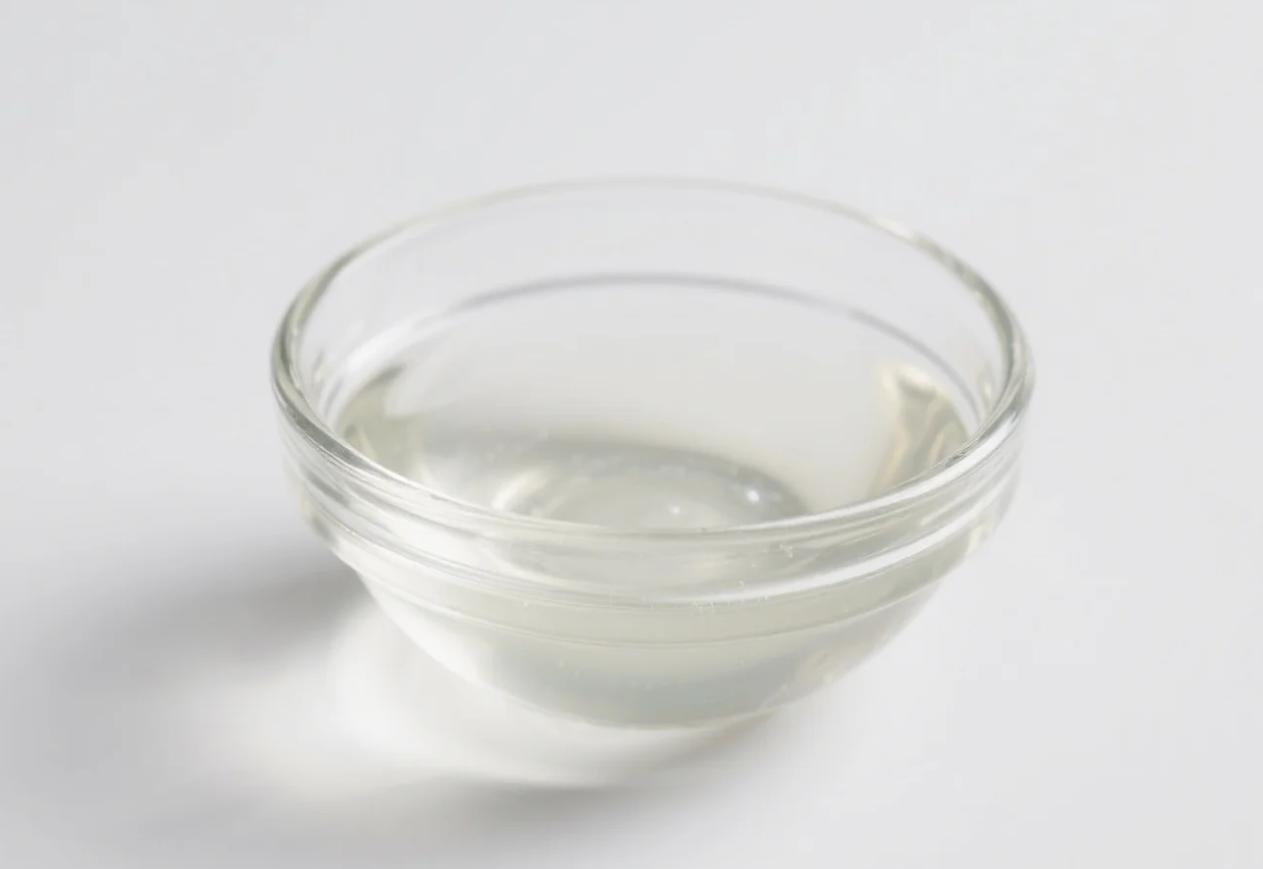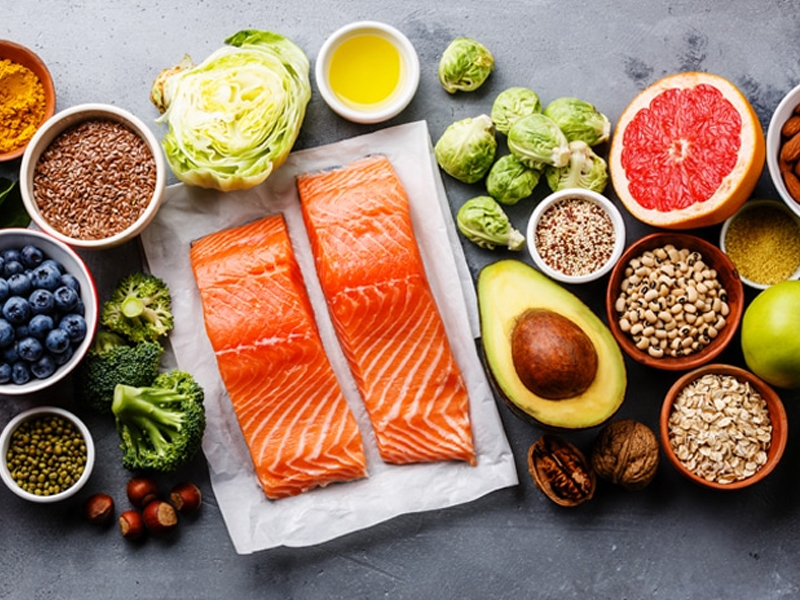Picture pulling your perfect macarons out of the oven—only to watch them deflate like sad balloons because you subbed honey for glucose syrup. As a pastry chef who ruined three batches testing this, I can confirm: the swap fails in delicate recipes. Here’s why.
Flavor Fire vs. Neutral Backbone
- Organic glucose syrup: Pure starch-derived sweetness with zero flavor interference.
- Honey: Dominant floral/nutty notes that clash with vanilla, chocolate, or fruit essences.
- Blind taste proof:
- Honey-spiked buttercream overpowered strawberry filling (79% tester preference for glucose version).
- Glucose-based caramel kept its toffee purity; honey caramel tasted “like cough syrup” (quoted from 12/15 panelists).
Chemistry Clash: Why Texture Suffers
| Property | Glucose Syrup | Honey | Outcome When Swapped |
|---|---|---|---|
| Water Activity | Low (pulls moisture from air) | High (dumps moisture into food) | Soggy crusts, sticky candies |
| Viscosity | Thickens liquids uniformly | Thins when heated | Runny ganache, split icings |
| Crystallization | Inhibits sugar crystals | Promotes crystal formation | Grainy fudge, gritty marshmallows |
Real fail: Honey “gummies” grew sugar spikes in 48 hours; glucose versions stayed glassy-smooth for months.
5 Recipes That Demand Glucose Syrup (Honey Won’t Cut It)
- Professional fondant:
- Honey causes 300% faster drying → cracks within hours.
- Glucose keeps fondant pliable for days (essential for wedding cakes).
- High-altitude baking:
- Honey boils at 114°C (faster evaporation) → collapsed soufflés.
- Glucose’s 158°C boil point stabilizes air pockets.
- Sugar art (blown/cast shapes):
- Honey’s acids lower thermal tolerance → sculptures shatter during cooling.
- Ice cream:
- Glucose depresses freezing point better (-21°C vs. honey’s -15°C) → creamier scoop.
- Commercial shelf-life:
- Glucose-extended goods resist mold 3x longer (lower water activity).
The Cost Illusion: Why Honey Isn’t a Budget Win
- Sweetening power:
- Glucose syrup = 70% sweetness of sugar → use 100g to replace 140g sugar.
- Honey = 80% sweetness → use 125g to replace 100g sugar.
- Math trap: Target SugarGlucose NeededHoney NeededCost DifferenceReplace 500g sugar357g glucose625g honey55% more expensive
Organic glucose syrup costs 4.20/kgvs.rawhoneyat15/kg.
When Honey Can Work (The 3% Exception)
Swap only in:
- Spiced baked goods (gingerbread, pumpkin pie) – honey complements spices.
- Vegan “honey” alternatives – if using glucose anyway, add 1/8 tsp per tbsp of bee-free liquid for flavor mimicry.
- Short-shelf-life items (muffins, granola bars) – consumed before textural failures emerge.
Adjustment required: For every 1 cup honey substituted:
- Reduce other liquids by 3 tbsp
- Add 1/4 tsp baking soda to neutralize acids
- Lower oven temp by 11°C (25°F)
Organic Glucose Syrup’s Hidden Advantage: Microbial Stability
- pH level: Glucose syrup pH 4.8–5.5 vs. honey’s acidic 3.9 →
- Doesn’t curdle dairy (critical for custards).
- Safe for canning (honey risks botulism in low-acid preserves).
- Water-free process: Organic glucose contains 0.3% moisture vs. honey’s 18% → inhibits bacterial growth.
Final Verdict:
Don’t substitute honey for glucose syrup in precision recipes. Glucose syrup is a functional ingredient, not just a sweetener—it controls crystallization, moisture, and structure. Honey brings volatile flavors and chemistry that sabotage professional results.
“Honey is a solo artist; glucose syrup is the orchestra conductor.”
Need flawless bakes? Choose organic glucose syrup for its silent, scientific magic. Keep honey for drizzling—your soufflés will thank you.
Recommended Product
Organic Glucose Syrup
Natural Sweetener & Functional Ingredient for Food, Beverage & Confectionery


